1. The Tar Heel State – North Carolina
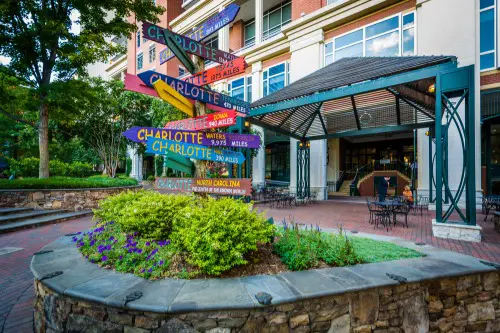
“Tar Heel” might sound like something you’d call a NASCAR pit crew gone rogue. But it actually comes from colonial times, when North Carolina produced a lot of tar, pitch, and turpentine for shipbuilding, according to Katie Quine from Our State. Workers often ended up with tar stuck on their heels—literally. Over time, it morphed from a messy job hazard into a point of pride.
During the Civil War, Confederate generals allegedly used “Tar Heels” as a compliment, praising North Carolinians for standing their ground like their feet were stuck in tar. That twist is what made the name stick, pun intended. It’s not immediately clear why anyone would want a nickname that sounds like a personal hygiene issue, but it works in-state. You’ll find Tar Heel pride everywhere, especially around UNC Chapel Hill.
2. The Sooner State – Oklahoma
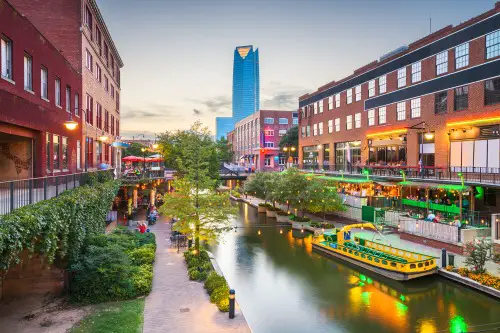
Unless you’re up on your 19th-century land rush history, “Sooner” sounds more like someone who’s just in a hurry. In reality, it refers to settlers who snuck into Oklahoma territory sooner than they were legally allowed, hoping to claim land before the official start. It’s not exactly a badge of honor—more like an outlaw move that somehow got rebranded as pride. But if you’re from Oklahoma, being a Sooner is just part of the cultural DNA, according to Alan Taylor from The Atlantic, especially thanks to the University of Oklahoma’s beloved football team.
To outsiders, it seems weird to name your whole state identity after rule-breaking squatters. But locals have embraced it so tightly that it’s hard to separate it from the state’s image. There’s even a “Boomer Sooner” fight song, which adds to the confusion unless you’re deep in the local lore. It’s one of those nicknames that sounds cooler the less you think about what it actually means.
3. The Pelican State – Louisiana
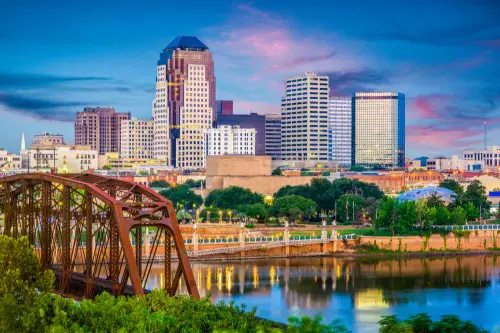
Pelicans? Really? Of all the exotic wildlife in Louisiana—alligators, nutria, and crawfish, to name a few—why focus on a bird that kind of looks like it lost a bet with evolution? Turns out, the brown pelican is the state bird and has been a symbol of generosity and resilience for centuries, according to Terry L. Jones from Country Roads Magazine.
In fact, early French settlers noticed the bird’s habit of feeding its young even when food was scarce, sometimes even at its own expense. That gave it some symbolic spiritual weight, and Louisiana ran with it. Still, unless you’ve lived there and seen pelicans coasting over the Gulf, it seems like a strange mascot for such a bold and wild state. But locals genuinely love them—there’s even a pelican on the state flag.
4. The Pine Tree State – Maine
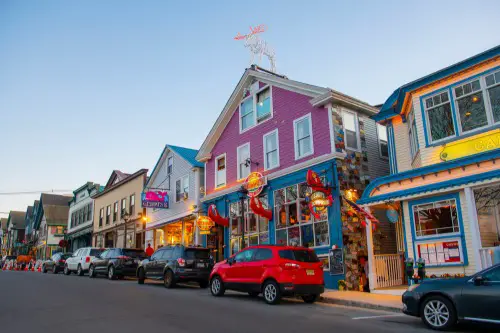
Maine’s nickname sounds like something out of a tranquil cabin catalog. Unless you’ve been there, you might think it’s just a tourist branding move to sell maple syrup and flannel. But the nickname is rooted in Maine’s vast forests, which are dominated by—you guessed it—pine trees.
Back in colonial times, Maine’s tall white pines were prized for ship masts, especially by the British Navy. Some of those trees were marked with a “King’s Arrow,” and that caused serious tension with locals. The nickname stuck because the trees were so vital to the economy and identity. If you’ve ever driven through Maine, you know the name fits—but otherwise, it sounds more like a throwaway from a Christmas card.
5. The Hoosier State – Indiana
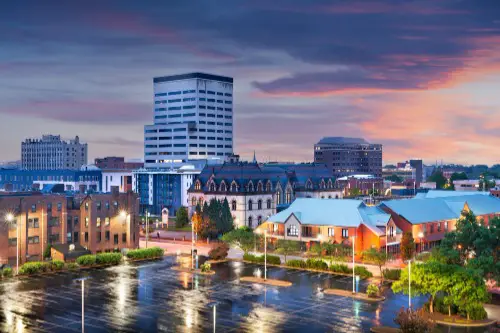
No one really knows what a “Hoosier” is, and that’s not a joke. Ask ten people in Indiana and you’ll get ten different stories: a slang term, a mispronunciation, a tavern brawl legend. It’s one of the great American etymological mysteries, and somehow it became the official demonym for people from Indiana.
Despite the confusion, Hoosiers embrace the label with a mix of pride and shoulder-shrugging. It’s featured on license plates, sports teams, and billboards. But to outsiders, it sounds more like a cartoon sidekick than something you’d want as an identity. Only in Indiana does “Hoosier” make complete emotional and historical sense.
6. The Flickertail State – North Dakota
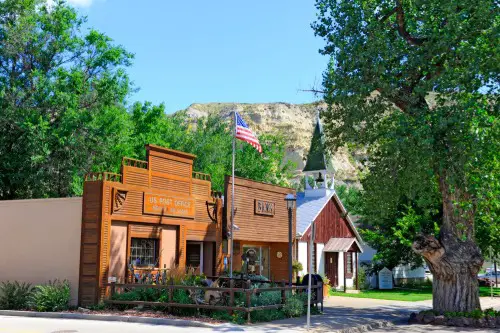
North Dakota’s nickname sounds like it was invented by someone trying way too hard to make a prairie rodent sound exciting. A flickertail is a kind of ground squirrel known for its twitchy tail movements—so yes, the state is literally named after a nervous squirrel. Locals even tried to make it the state mascot at one point, but it didn’t really catch on outside a few novelty t-shirts.
Unless you’ve lived on the prairie and seen these little guys darting around fields, it seems like an odd choice. It’s not majestic, tough, or symbolic—it’s just… twitchy. Still, there’s a weird kind of pride in picking such an unglamorous animal to represent your state. If nothing else, it shows North Dakotans have a sense of humor.
7. The Natural State – Arkansas
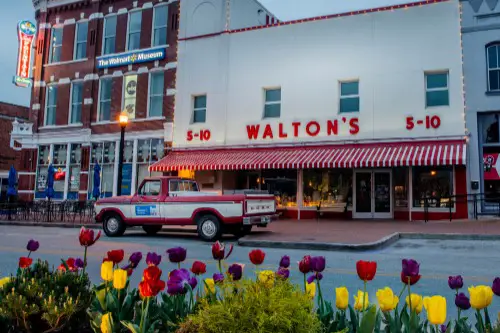
You might assume “The Natural State” is something Arkansas came up with during a 1970s granola-fueled tourism campaign. And honestly, you wouldn’t be far off—this nickname officially replaced “The Land of Opportunity” in the 1990s. The idea was to highlight Arkansas’s mountains, rivers, and hot springs, especially after environmentalism started trending, according to Cary Estes from Livability.
It makes sense if you’ve explored the Ozarks or gone floating on the Buffalo River. But otherwise, it sounds more like a Whole Foods slogan than a state identity. Without context, it doesn’t immediately link to Arkansas in people’s minds. Once you’re there though, the name fits like a hiking boot.
8. The Cornhusker State – Nebraska
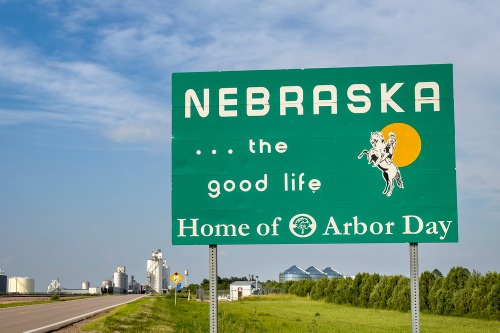
To outsiders, “Cornhusker” might sound like a charming throwback—or just a weird farm chore. But in Nebraska, it’s a badge of honor, tied to the agricultural backbone of the state. Cornhuskers were literally people who husked corn by hand before mechanized tools took over. The term became synonymous with hard work and rural pride.
The University of Nebraska adopted it as their team name, and now it’s plastered everywhere. Still, unless you’ve lived in a place where cornfields stretch to the horizon, it sounds oddly specific. It’s like calling New York “The Bagel Boiler State.” You need the context of local culture to understand why it resonates.
9. The Empire State – New York
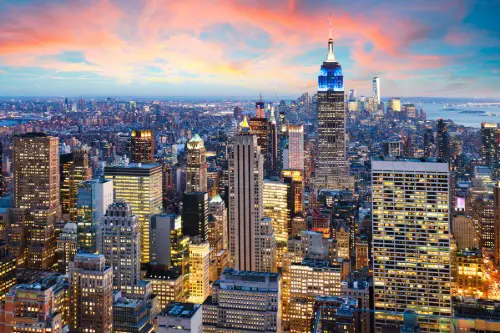
When you think “Empire,” you probably think Rome or Star Wars—not upstate dairy farms. The name sounds grandiose, and that’s kind of the point. Supposedly, George Washington once referred to New York as “the seat of the empire,” and the name stuck. It reflects the state’s former status as a political, cultural, and economic powerhouse.
Still, if you’re not from New York, “Empire State” seems a little self-important. The grandeur feels mismatched with reality if your main image of New York is Times Square chaos. For locals, it carries a sense of legacy and ambition. For everyone else, it feels like a nickname in need of a reality check.
10. The Beaver State – Oregon
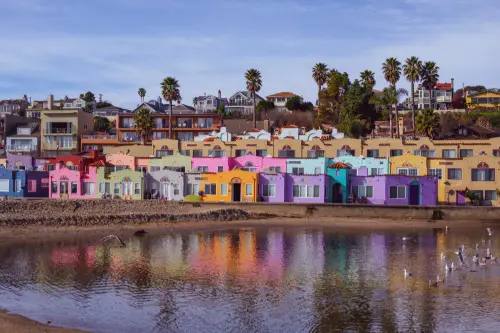
If you didn’t grow up in Oregon, “The Beaver State” might sound like a middle school joke waiting to happen. But the name is rooted in history—beavers were once so critical to the fur trade that they helped drive the region’s economy. In the 1800s, trappers and traders came to Oregon specifically for these furry little dam-builders.
The beaver became such a symbol of the state’s frontier grit and natural resources that it’s on the state flag. Still, it’s hard not to giggle if you don’t know the background. The name’s oddity is a barrier to outsiders, but Oregonians wear it with pride. Context makes all the difference here.
11. The Granite State – New Hampshire
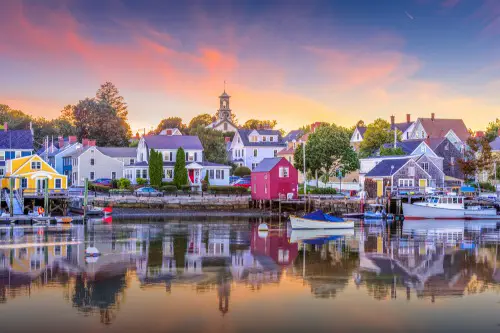
New Hampshire’s nickname sounds tough—like it’s daring you to test its resolve. It’s actually a nod to the state’s granite quarries, which played a big role in its early economy. Stone from New Hampshire helped build landmarks all over the country, including parts of the Library of Congress. The name also metaphorically reflects the state’s reputation for political stubbornness.
Still, if you’re not familiar with its rocky terrain or no-nonsense attitude, “Granite” just seems cold and hard. There’s not much warmth or charm in it—unless you’ve lived there and felt the pride locals have for their rugged independence. The name quietly screams “Live Free or Die,” which is also the state motto. That combo only really clicks if you’ve soaked in some New Hampshire culture.
12. The Badger State – Wisconsin
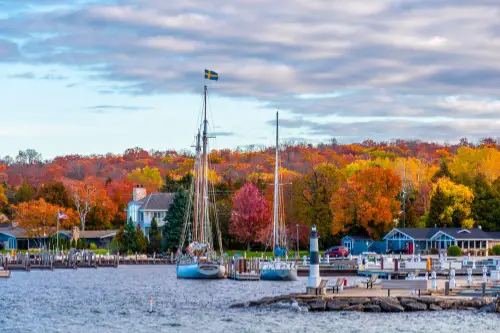
No, Wisconsin is not overrun with actual badgers. The nickname comes from the 1820s mining days, when workers often lived in temporary shelters dug into hillsides—like badgers in burrows. It was a rough-and-tumble way of life, and the comparison stuck. Over time, it morphed into something more symbolic and less literal.
Now the University of Wisconsin’s mascot is a giant cartoon badger, and people just roll with it. But if you’re not from the state, the nickname feels randomly assigned. You have to know the mining story to get it. Otherwise, it sounds like someone pulled a name out of a hat full of woodland creatures.
13. The Mount Rushmore State – South Dakota
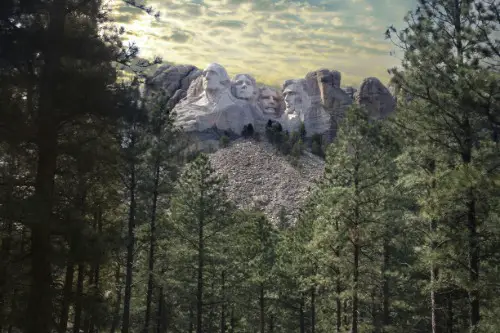
It makes sense on the surface—Mount Rushmore is in South Dakota, after all. But calling the whole state by a single monument is a bit reductive, especially when there’s so much more to it. It’s like naming Florida “The Disney World State.” South Dakotans do love their mountain of carved presidents, but it doesn’t represent the whole picture.
The name was pushed mainly for tourism, and it stuck because it’s recognizable. But unless you’ve lived there and seen how it coexists with Native lands, Badlands, and prairie life, it feels incomplete. Locals have a nuanced relationship with it, and some aren’t crazy about being defined by a tourist stop. To outsiders, though, it’s all most people know.
14. The Land of Enchantment – New Mexico
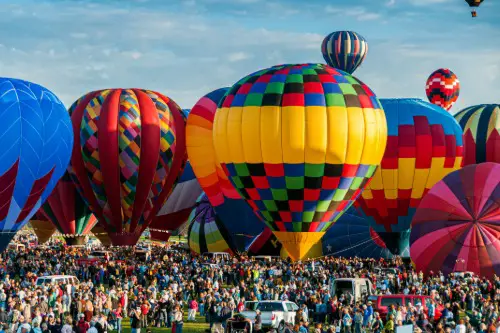
This one sounds like it should be printed on a crystal shop sign in Santa Fe. “The Land of Enchantment” is poetic, but also vague enough to sound like pure marketing spin. It was officially adopted in 1941 to highlight the state’s beauty and cultural mix—but the name doesn’t tell you much unless you’ve actually been there.
Once you experience the desert sunsets, ancient pueblos, and high desert magic, the nickname makes a lot more sense. It’s more of a vibe than a fact-based description. But if you’re just looking at it on a map, it feels like it’s trying a little too hard. Only residents truly get how enchanted it really is.


